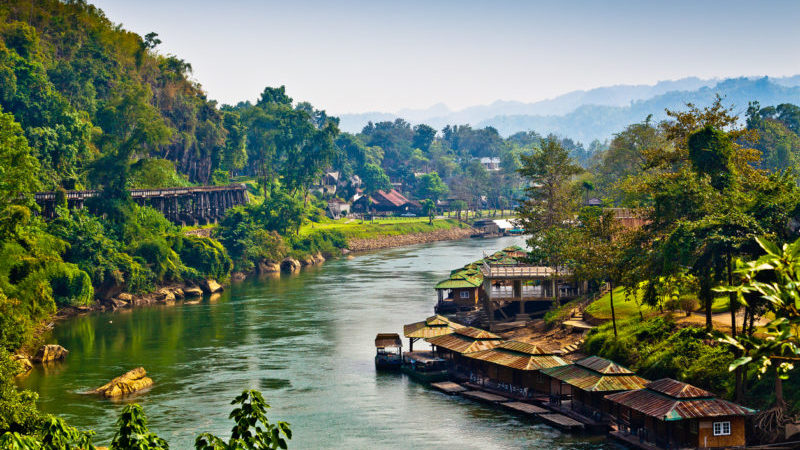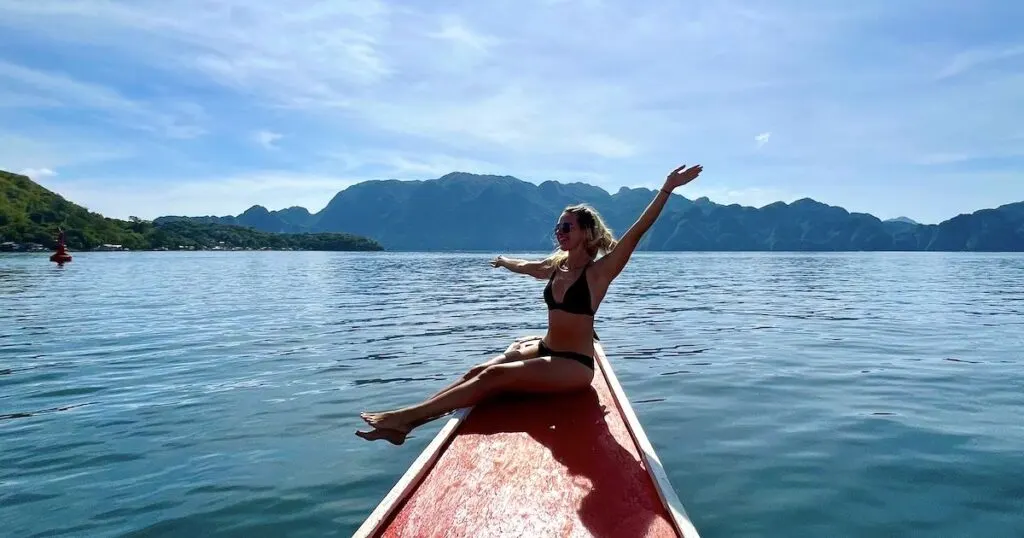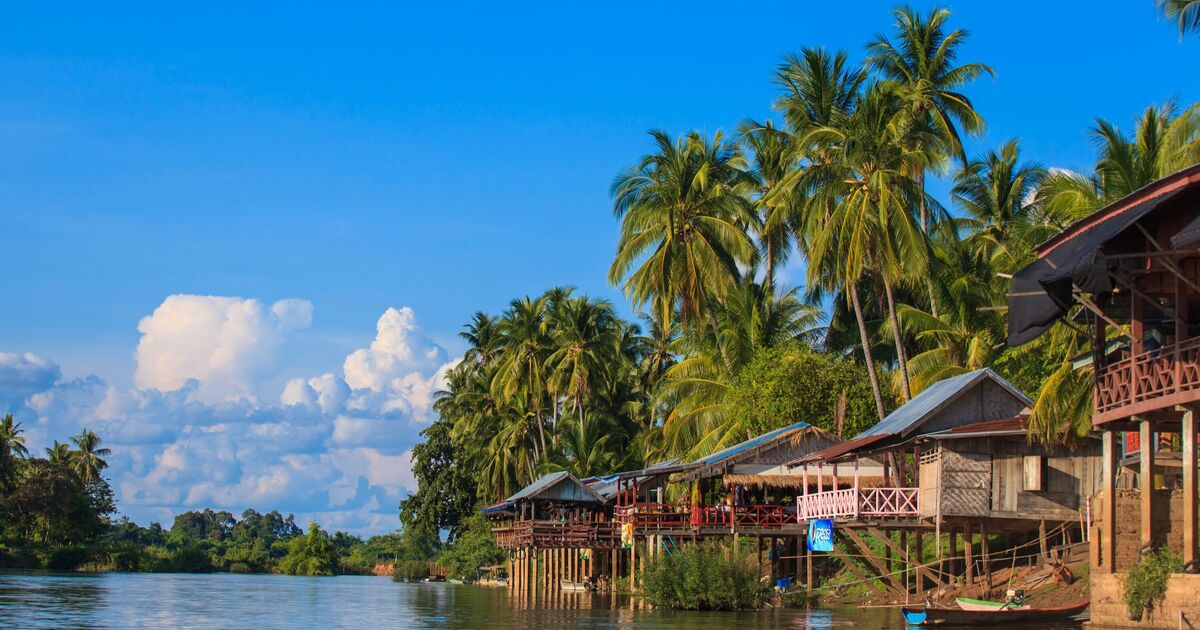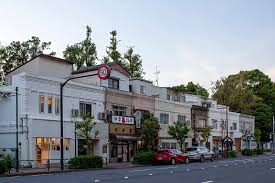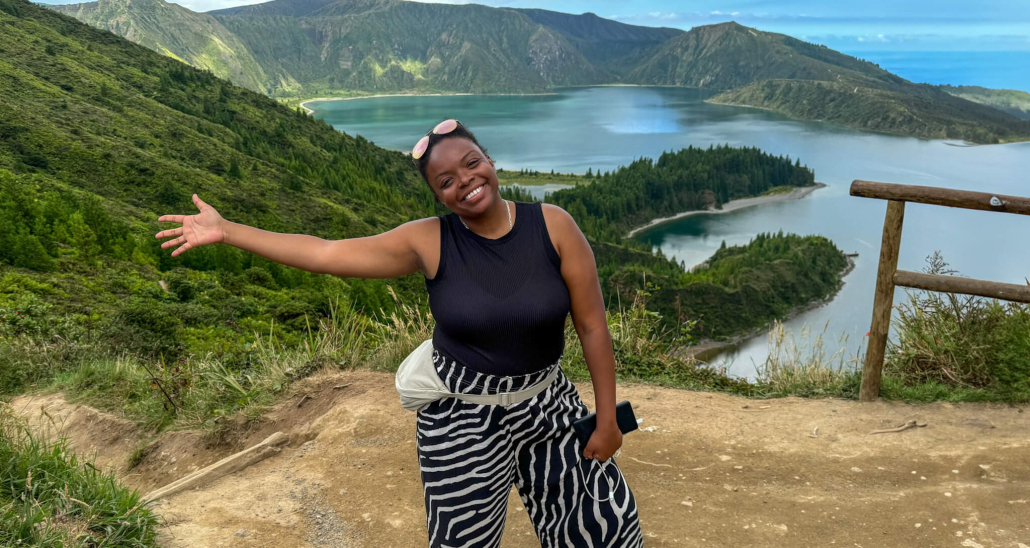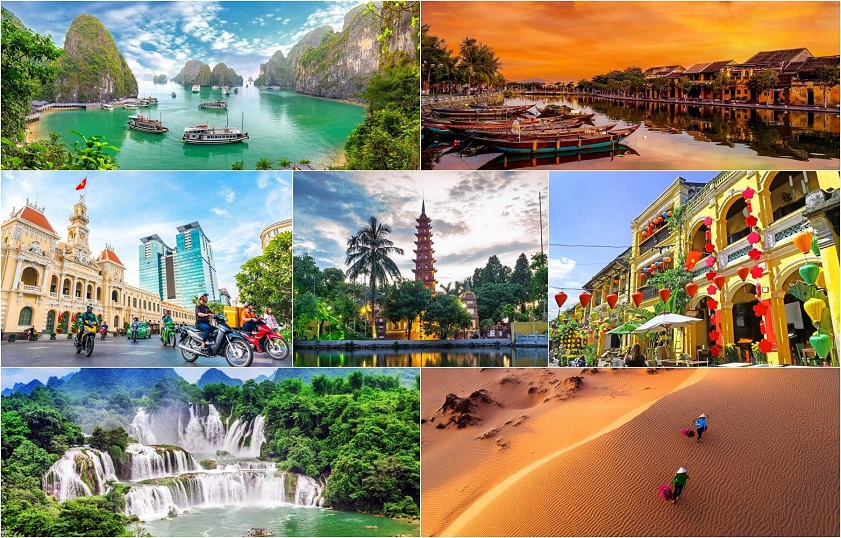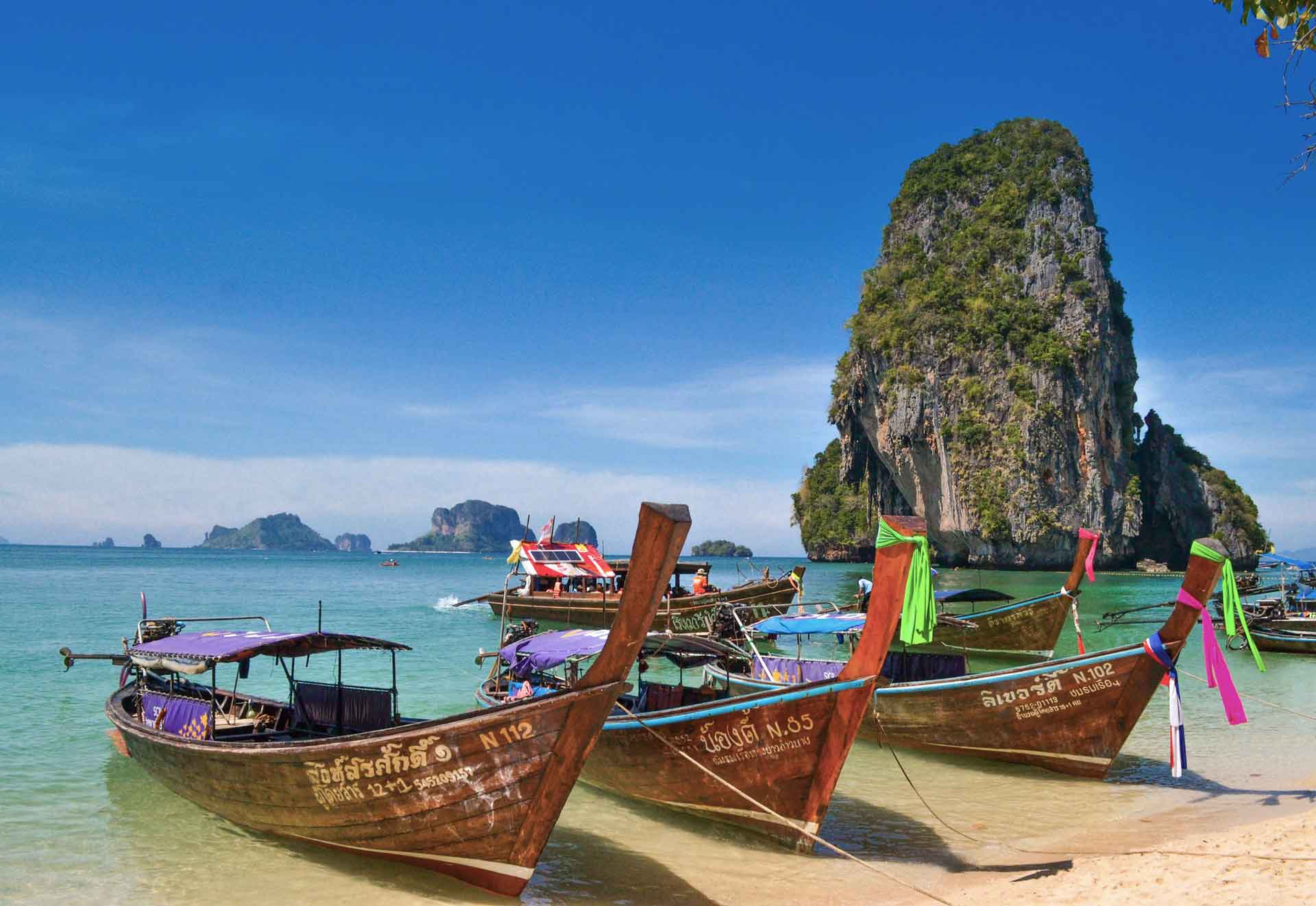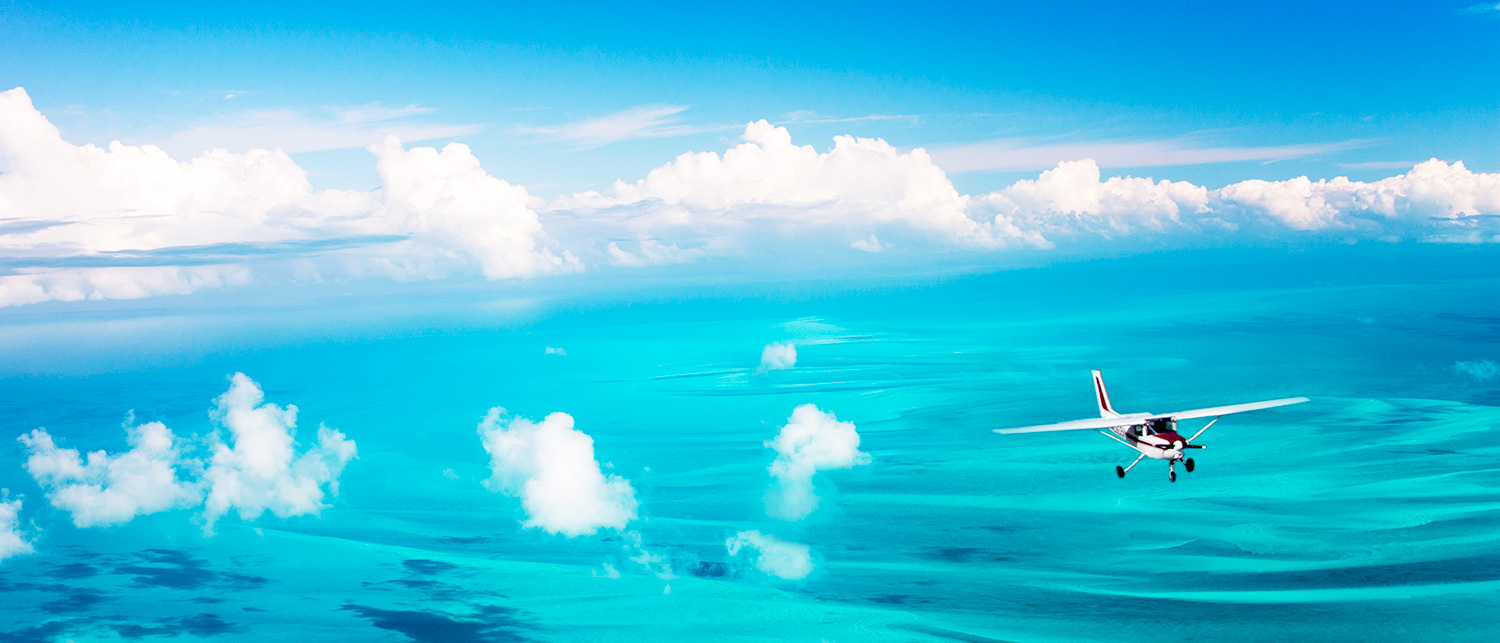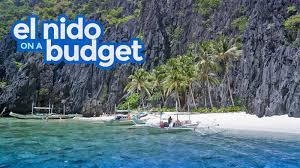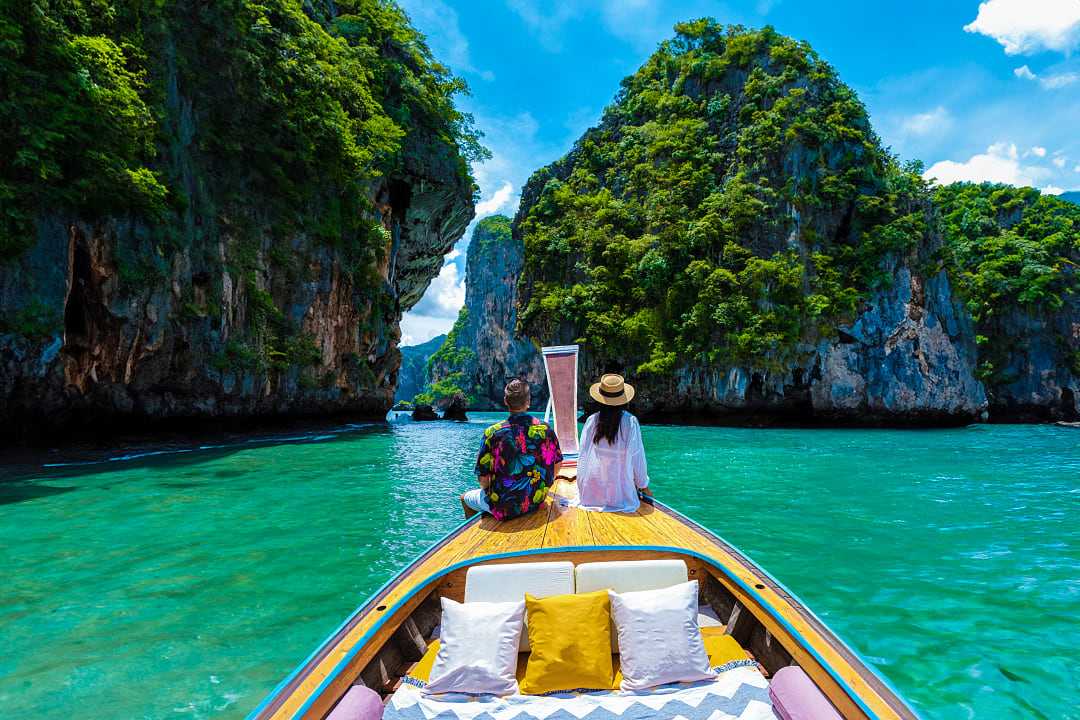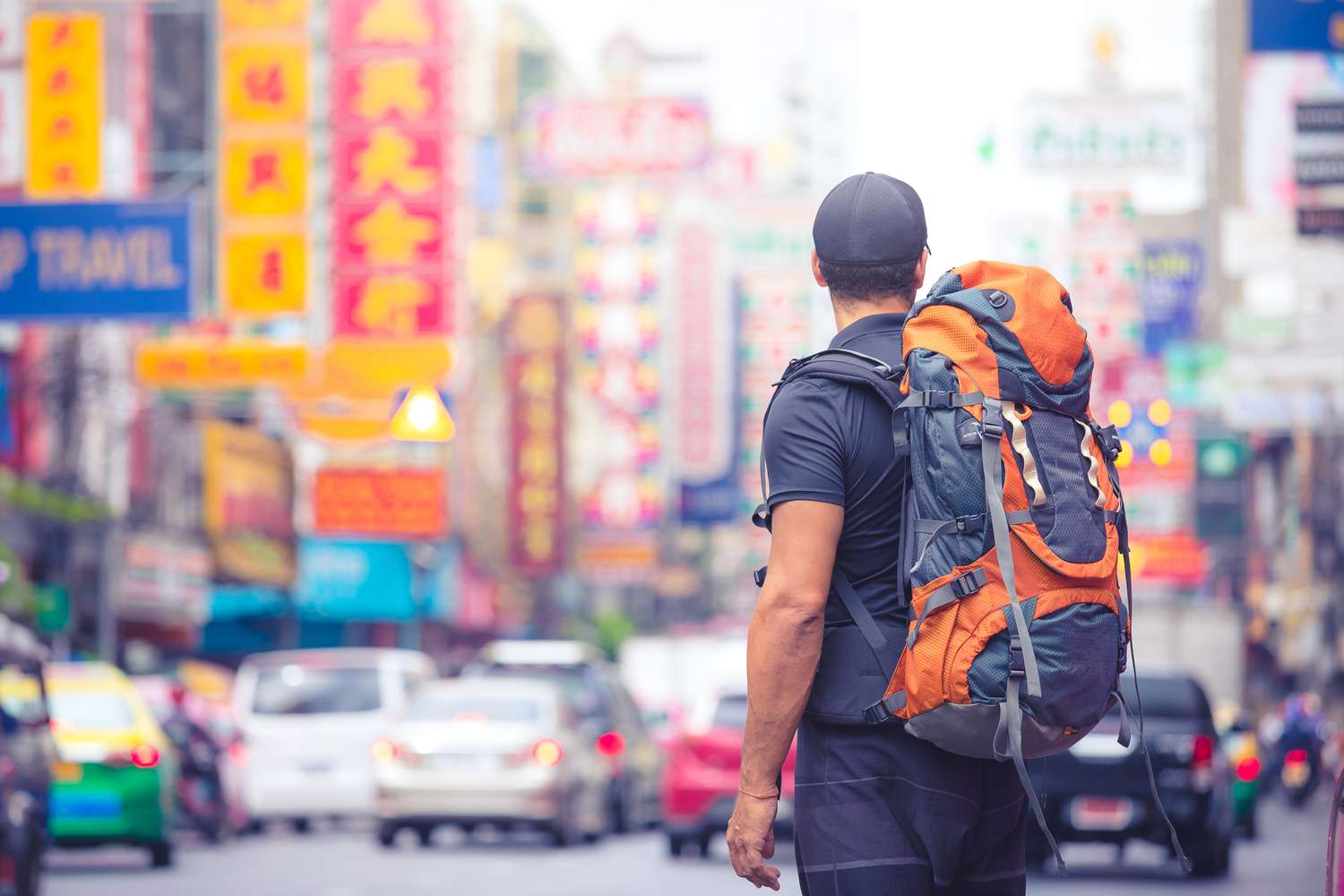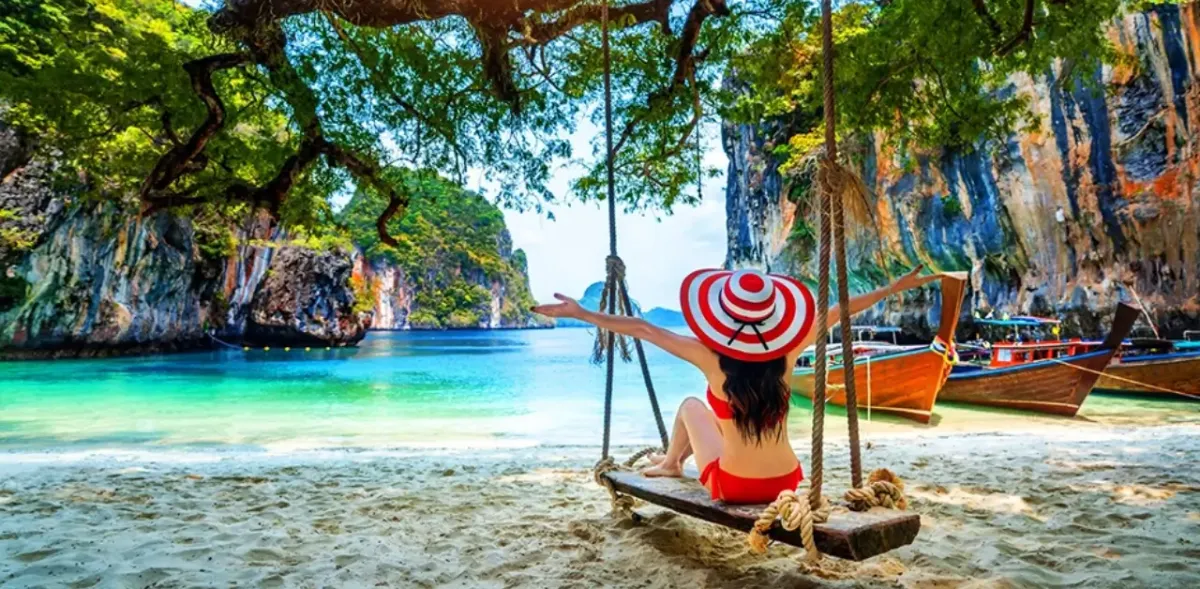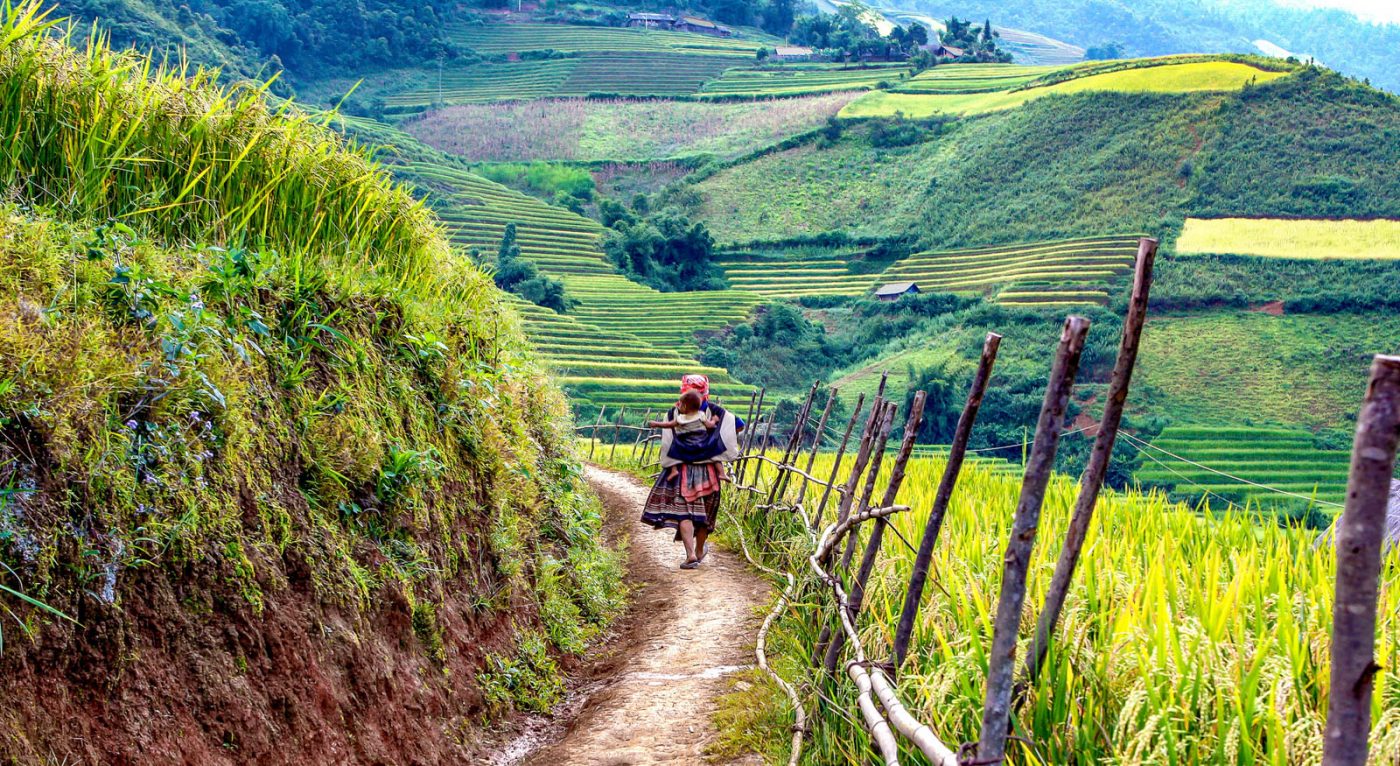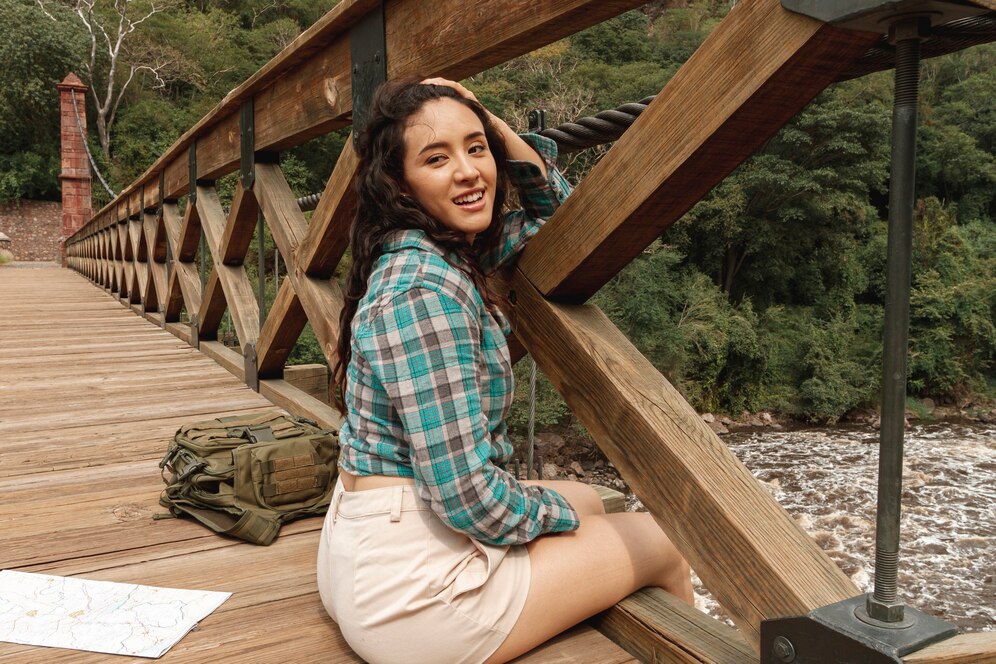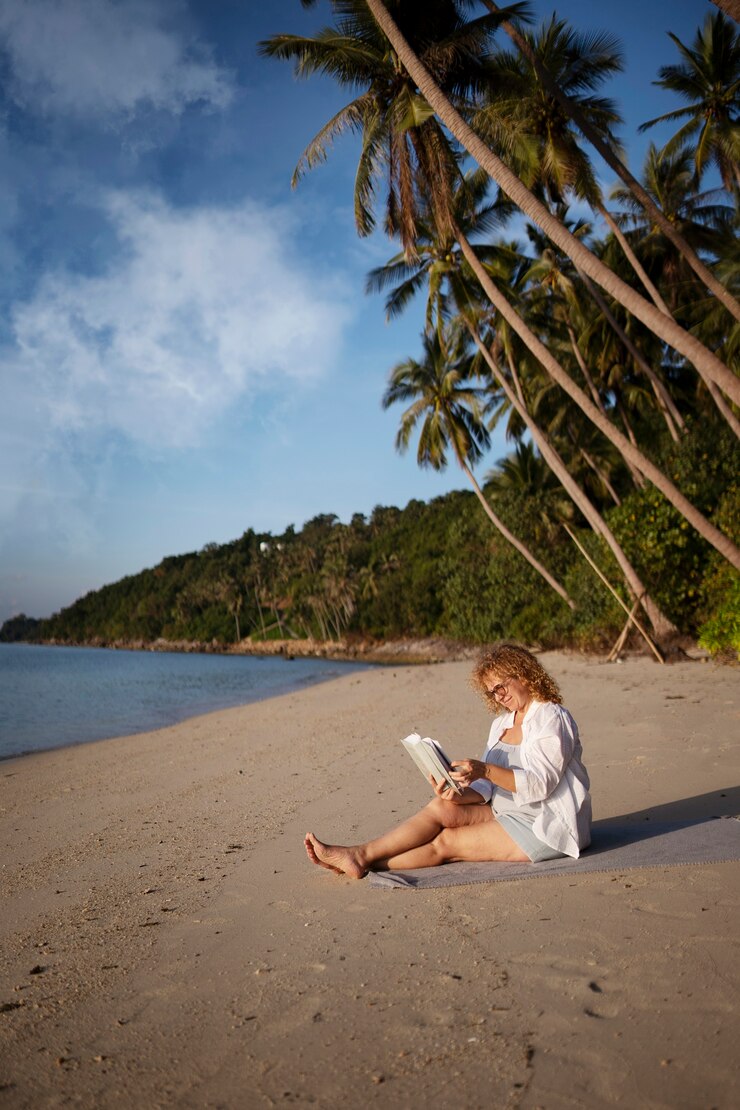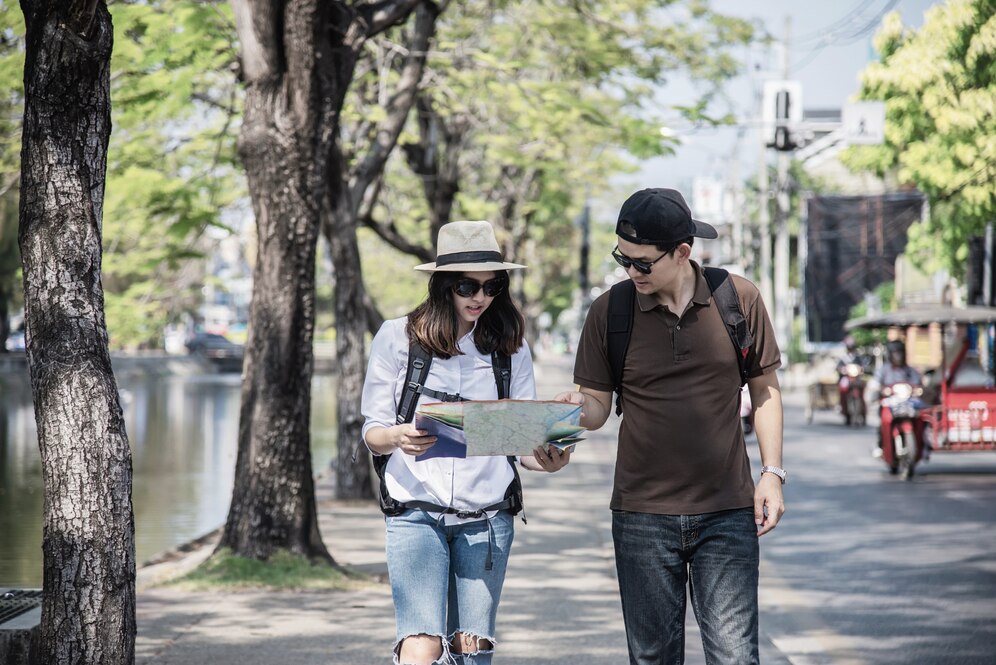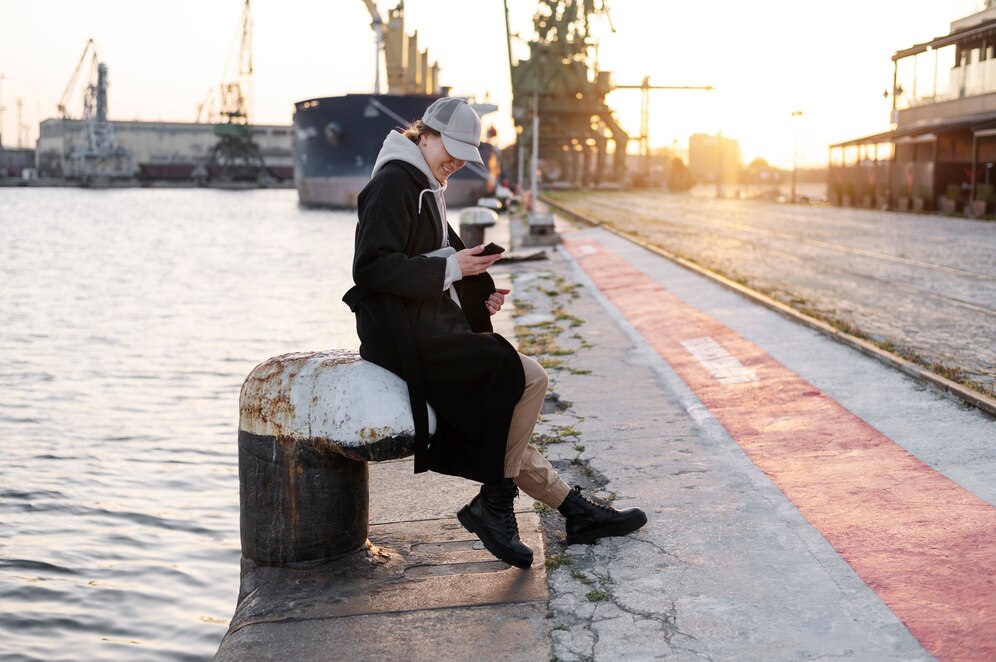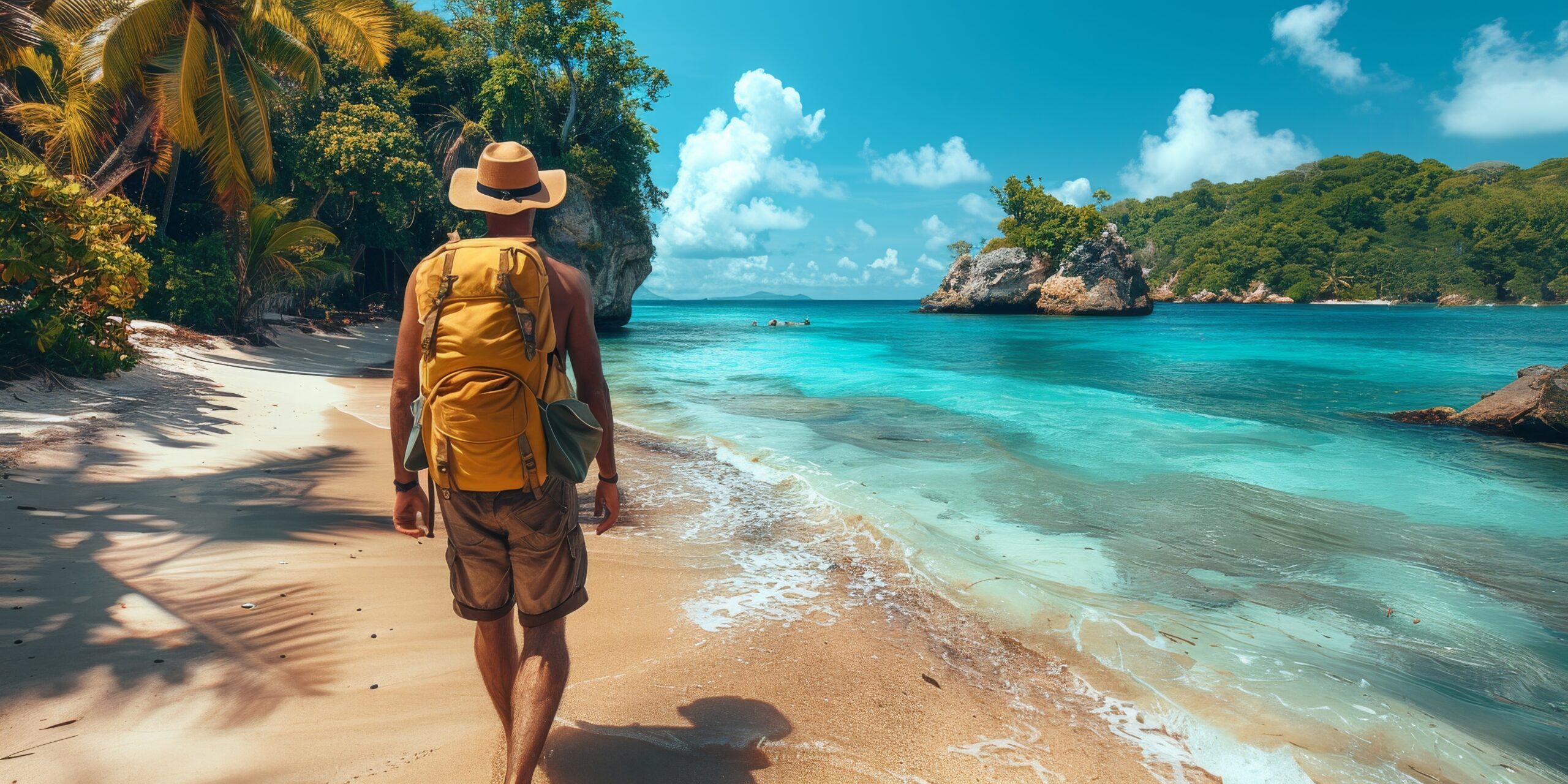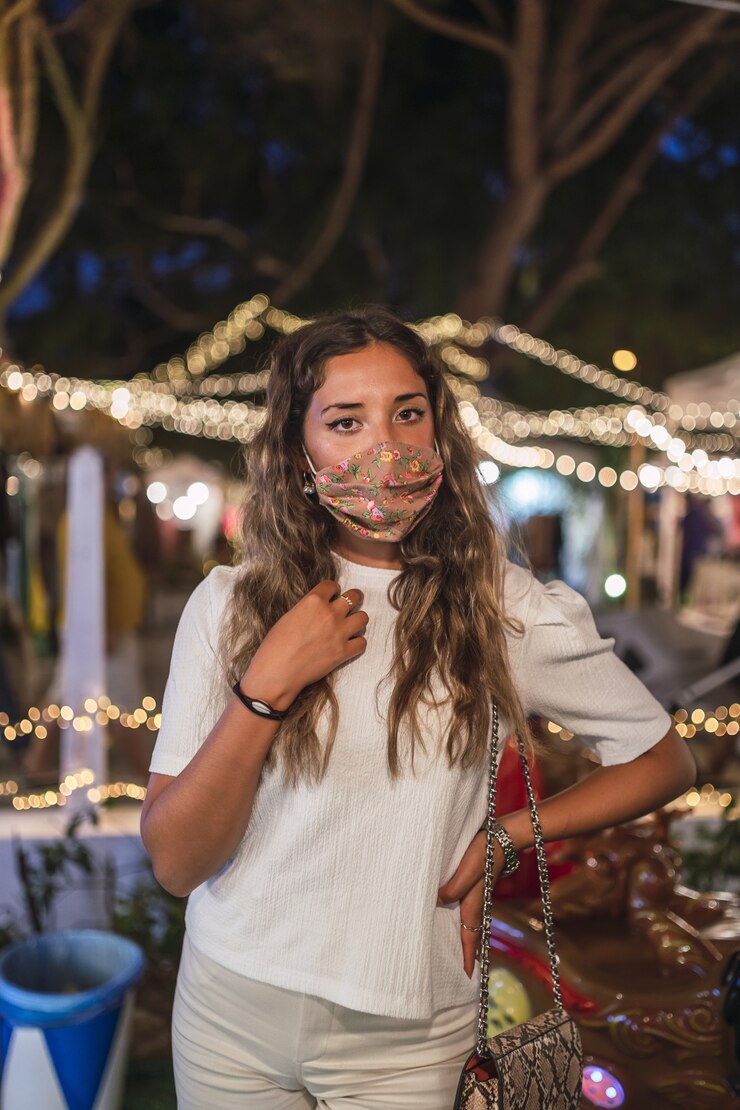
Experiencing the Soul of India Through Its Festivals
India is many things — overwhelming, beautiful, chaotic, soulful, and deeply layered. But if there’s one time when all those layers rise up and spill gloriously into the streets, it’s during a festival. And trust me, you haven’t really felt India until you’ve celebrated one of its festivals — especially Holi.
I lived in Delhi for two years, and I thought I knew what “colorful” meant. But nothing prepares you for Holi — the Hindu festival of colors that transforms the entire nation into a full-contact, high-volume kaleidoscope of celebration. It’s one of those life experiences that sticks with you long after you’ve washed off the last trace of powdered dye from your hair.
🌈 Holi: India’s Most Joyfully Unhinged Celebration
Forget what you’ve seen on Instagram. Holi isn’t a curated highlight reel or a pastel-tinted photo op — it’s full-spectrum madness. It’s color warfare with a side of joy, and it takes over your body, mind, and senses.
The anticipation builds in the days leading up to the main event. There’s an electric charge in the air. Kids perch on rooftops, launching water balloons at unsuspecting pedestrians. The sound of laughter, running feet, and splashes echo through alleyways. And then comes the day of Holi itself — when the entire country erupts in joyous chaos.
Music blasts from every corner. Strangers smear neon powders on your cheeks like you’re family. Streets become dance floors. People of every age — old aunties in saris, toddlers in diapers, college students with GoPros — come together in a swirl of color and celebration. Someone hands you a cup of bhang, a traditional cannabis-infused milkshake, and suddenly, everything is warm and wonderful and hilariously surreal.
Holi is sweaty. It’s messy. It’s wild and primal and beautiful. And it’s absolutely unforgettable.
🪔 But It’s Not Just Holi…
India celebrates festivals every month — often multiple at the same time. Each one is wildly different, deeply rooted in tradition, and a window into the soul of the region where it’s held. From candle-lit temples to camel-filled deserts, here are a few of the top festivals in India that every traveler should experience:
🪔 Diwali – The Festival of Lights
Celebrated across India (and in many parts of the world), Diwali marks the triumph of light over darkness, good over evil. For five magical nights, homes and streets are decorated with diyas (oil lamps), fairy lights, candles, and intricate rangoli designs.
In places like Jaipur, Varanasi, and Amritsar, the cities glow with a mystical beauty. Firecrackers crackle in the sky. Families come together to exchange sweets, gifts, and blessings. The scent of incense and ghee-laced sweets fills the air.
Best time to visit: October–November (dates vary based on the lunar calendar)
Pro tip: Head to Varanasi to watch the Ganges lit with thousands of diyas during the Ganga Aarti — a spiritual spectacle like no other.
🕉️ Durga Puja – Kolkata’s Artistic Soul
If Diwali is about light, Durga Puja is about art, goddess worship, and sheer grandeur. For ten days, Kolkata transforms into an open-air gallery. Pandals (elaborate temporary temples) rise from the streets, each one uniquely designed — some are modern, others traditional, all are awe-inspiring.
This festival celebrates the victory of goddess Durga over evil, but it also brings communities together. Locals dress in their finest clothes, share food, and hop from one pandal to the next late into the night.
Best time to visit: September–October
Must see: The Kumartuli neighborhood, where artisans create the stunning clay idols of Durga.
🐪 Pushkar Camel Fair – A Desert Carnival
This isn’t your average livestock market. The Pushkar Camel Fair is a multi-day spectacle where thousands of camels, decked in beads, tassels, and henna, converge in the desert town of Pushkar, Rajasthan.
You’ll witness everything from camel races and folk music to ferris wheels and turban-tying contests. It’s equal parts surreal and spectacular — and a prime example of rural India’s vibrancy.
Best time to visit: October–November
Don’t miss: The sunset camel ride along the sand dunes with the Pushkar Lake in the background.
🌙 Eid in Old Delhi – A Feast of Faith and Food
Walk through Old Delhi’s Jama Masjid during Eid, and you’ll be enveloped in a celebration of community, food, and faith. Men in crisp kurtas gather for prayer. Children laugh with henna-stained hands. The scent of kebabs, biryani, and seviyan (sweet vermicelli) lingers in the air.
Eid in India is both solemn and joyous — a deeply spiritual time that also invites everyone to the table.
Best time to visit: Depends on the lunar Islamic calendar, usually twice a year (Eid al-Fitr and Eid al-Adha)
Insider tip: Non-Muslims are welcome to observe and even participate — just dress modestly and respect local customs.
🎉 More Indian Festivals Worth Planning Around
-
Navratri in Gujarat – A nine-night dance celebration with spinning skirts and traditional garba music.
-
Onam in Kerala – A harvest festival with grand feasts (sadya), snake boat races, and flower carpets.
-
Lohri in Punjab – A winter bonfire festival celebrated with dancing, sugarcane, and singing.
-
Hemis Festival in Ladakh – A Buddhist festival with masked dances set against the backdrop of snow-capped mountains.
💥 Why Festivals Reveal the Real India
Many travelers come to India seeking the Taj Mahal, spiritual awakenings, or epic street food — and while all of that is valid, nothing will show you the heart of India like its festivals.
You see how families come together. How neighbors become one extended community. How faith blends with folklore, art, music, and food. It’s loud. It’s alive. It’s everything you thought India might be, and more.
These festivals aren’t polished for tourists. They’re local, visceral, and real. You might get jostled in a crowd or overwhelmed by the sensory overload — but in those moments, you’re experiencing India unfiltered.
💡 Tips for First-Time Festival Travelers in India
1. Don’t wear anything precious. Especially during Holi. Clothes will get stained, shoes will be ruined, and that’s part of the fun.
2. Stick with locals or organized groups. Especially for Holi or large public festivals, some areas can get overly rowdy. Guesthouses, hostels, or guided tours can offer safer and more immersive experiences.
3. Plan ahead. Popular festivals like Diwali and Holi see a surge in hotel bookings and train travel. Reserve well in advance.
4. Mind local customs. Dress modestly, especially for religious festivals. Always ask before taking photos — especially in temples or during prayers.
5. Eat the sweets. Every Indian festival comes with its own traditional snacks and sweets. Try them all — from gujiya during Holi to laddoos during Ganesh Chaturthi.
6. Expect delays. During festivals, traffic can be chaotic, and some places may shut down. Embrace the slow pace — you’re here to experience, not rush.
🌍 From Mardi Gras to Holi: Why We Celebrate
I’ve done Mardi Gras in New Orleans. I’ve danced at Songkran in Thailand. And yes, those festivals are incredible — wild, colorful, human. But Holi in India? It hits differently.
It’s not just about revelry. It’s spiritual, ancient, playful, and deeply rooted. For a few wild hours, you’re not just a tourist. You’re part of something timeless. Part of a celebration that existed long before Instagram and will exist long after.
So if India is on your bucket list — don’t just visit. Time your visit. Come for the festival. Come for the chaos and the colors and the connection.
You’ll leave messy, sun-soaked, maybe a little high on bhang — and with memories that live longer than any souvenir.
📌 Quick Festival Calendar (For 2025)
| Festival | Dates (2025) | Best Location |
|---|---|---|
| Holi | March 13 | Delhi, Vrindavan, Jaipur |
| Diwali | October 20 | Varanasi, Jaipur, Mumbai |
| Durga Puja | September 30 – October 4 | Kolkata |
| Pushkar Camel Fair | November 3–11 | Pushkar, Rajasthan |
| Eid al-Fitr | March 31 (tentative) | Delhi, Hyderabad |
| Navratri | September 22–30 | Ahmedabad, Vadodara |
| Onam | September 4 | Kochi, Thiruvananthapuram |
| Hemis | July 5–6 | Ladakh |
India doesn’t just invite you to see it — it dares you to feel it. And there’s no better way to do that than through its festivals. Every song, firecracker, dance move, and sweet bite is a doorway into a culture that refuses to be one-dimensional.
Come for the color. Stay for the soul.

